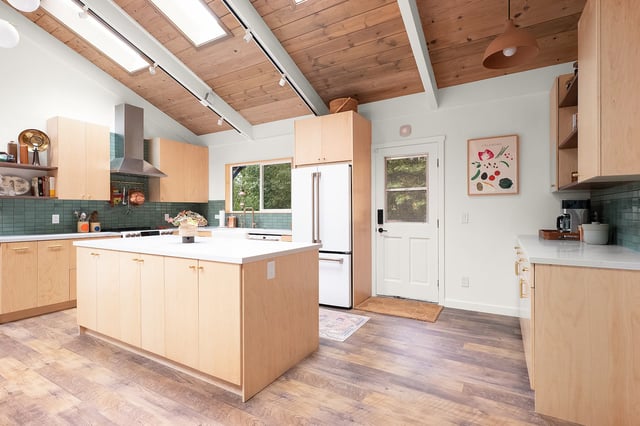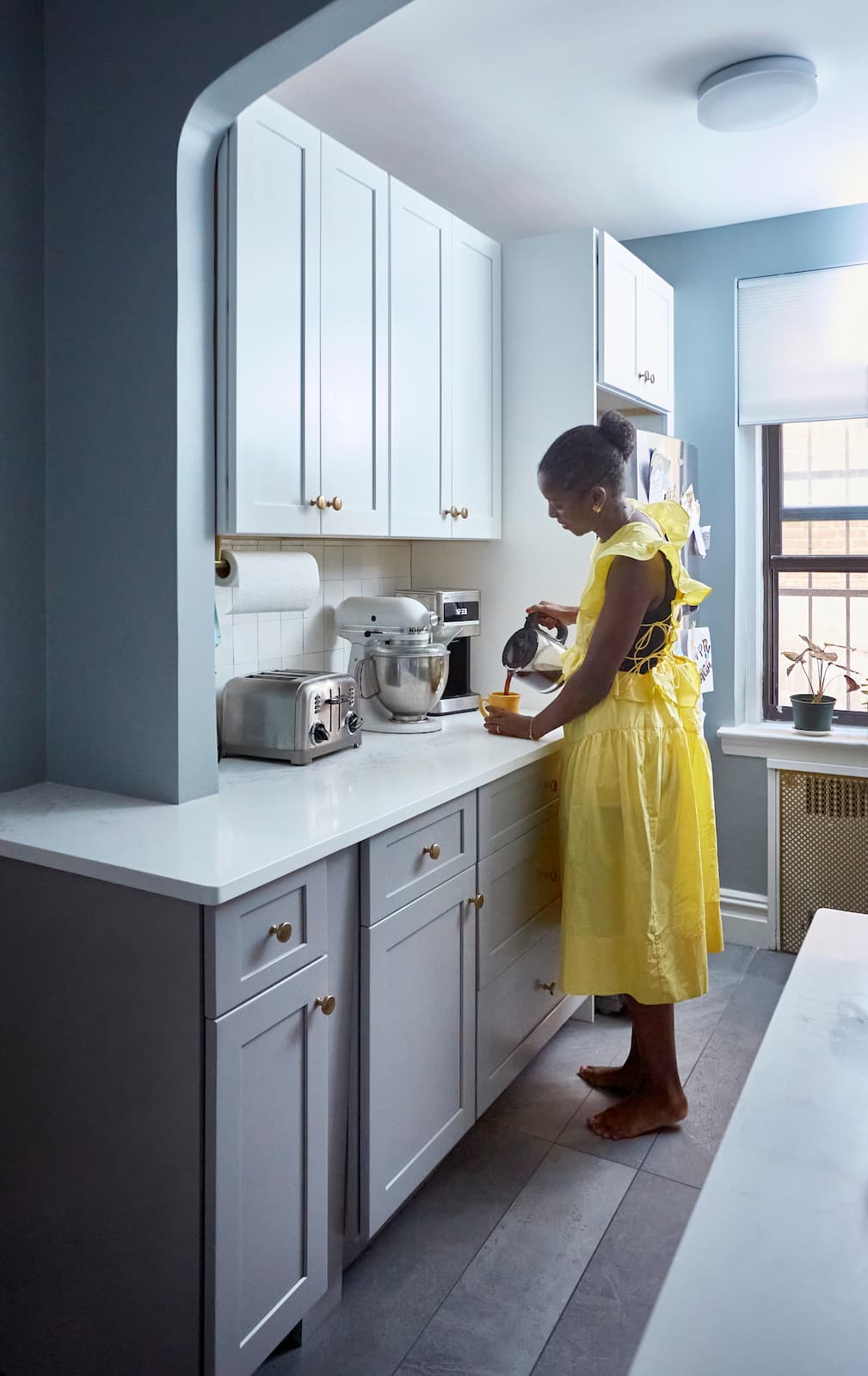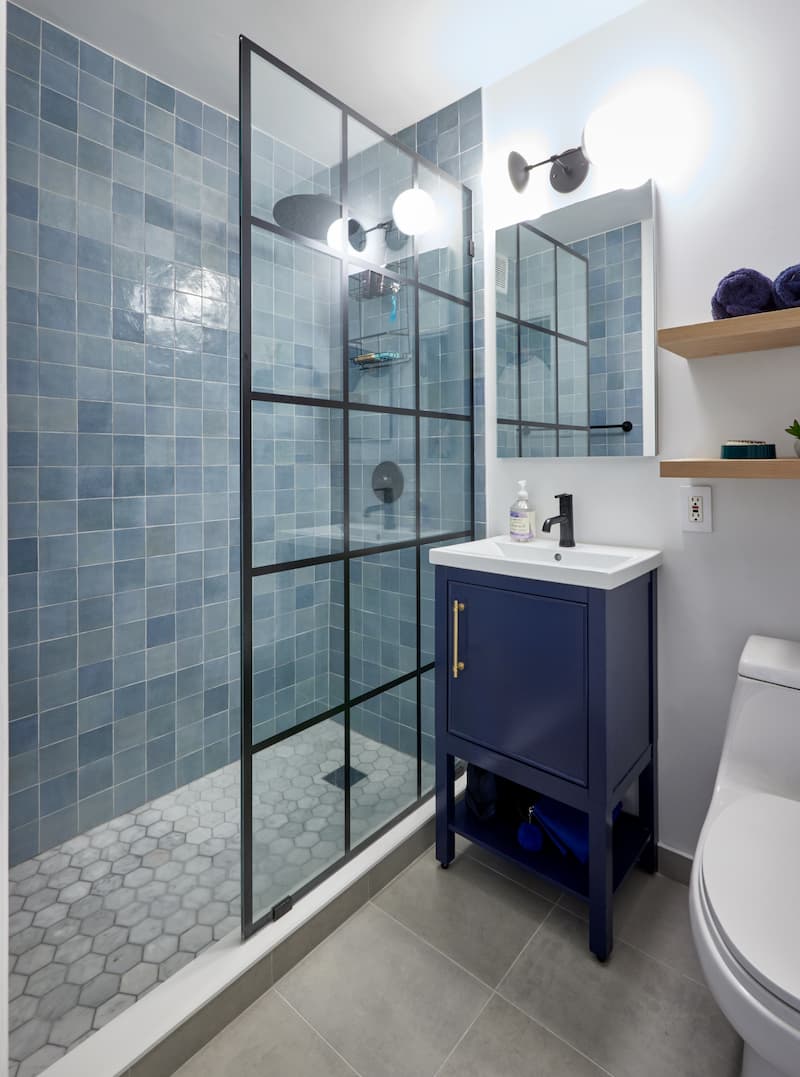Hardwood Floor Resurfacing vs Refinishing: What Costs More—And Which One’s Right

In This Article
Hardwood floors are one of the most defining features in a home, adding warmth, character, and lasting appeal. But over time, even the best-kept floors can show signs of wear: scratches, dullness, or deeper damage that can’t be ignored. When that happens, you’re likely to hear two terms: resurfacing and refinishing. They’re often used interchangeably, but they’re not the same—and the differences matter, especially when it comes to cost, time, and results. Understanding what each option involves can help you choose the right fix for your floors—and avoid paying for more than you need.
What Is Wood Floor Resurfacing?
Resurfacing a wood floor is a comprehensive process that goes beyond simply refreshing the surface. It involves removing and replacing damaged floorboards, re-securing loose planks, and addressing structural issues like squeaks or unevenness.
A professional contractor will carefully assess the condition of your floors, replace boards as needed, and may even sand down high spots to create a level surface. Once repairs are complete, the entire floor is sanded and finished with a new protective coating. Resurfacing is ideal for older floors with significant damage, deep gouges, or warping that can’t be addressed with refinishing alone. The result is a floor that looks—and feels—like new, with structural integrity restored for years to come.
What Is Wood Floor Refinishing?
Refinishing is a process focused on restoring the appearance of your existing hardwood floors without replacing any boards—unlike resurfacing. A professional will sand away the old finish and a thin layer of wood, removing surface scratches, minor stains, and general wear. After sanding, the floor is cleaned and a new stain and protective finish are applied, reviving the wood’s natural beauty and luster.
Unlike resurfacing, refinishing is best suited for floors that are structurally sound but have cosmetic issues like dullness, light scratches, or fading. It’s a highly effective way to refresh your floors and extend their lifespan, all while preserving the original materials.
To learn more about this process in particular, read How to Refinish Hardwood Floors.
Design a Home That’s Uniquely Yours
Block can help you achieve your renovation goals and bring your dream remodel to life with price assurance and expert support.
Get Started
The Differences Between Resurfacing vs. Refinishing
Cost: Resurfacing is generally more expensive than refinishing, as it involves both labor-intensive repairs and finishing work. Costs can vary widely based on the extent of damage and the size of the area, but resurfacing often requires a larger investment due to the replacement of boards and additional repairs. Refinishing, by contrast, is typically more affordable since it focuses on sanding and recoating the existing wood.
Time: Resurfacing takes longer than refinishing. The process of removing and replacing boards, leveling the subfloor, and making repairs adds time to the project. Homeowners can expect resurfacing to take several days to a week, depending on the scope. Refinishing is usually quicker, often completed in two to five days, as it involves fewer steps and less intensive labor.
Quality of Results: Both processes can deliver stunning results, but resurfacing offers a more dramatic transformation for floors with significant damage. It addresses both cosmetic and structural issues, resulting in a floor that looks and feels brand new. Refinishing delivers excellent results for floors in good condition, restoring shine and color while erasing minor imperfections. The right choice depends on the current state of your floors and your long-term goals.
Know the Cost Before You Start

When Is Resurfacing a Better Choice?
Resurfacing is the best solution when your hardwood floors are facing more significant problems. If you notice boards that move or creak, spots with water damage, or sections where the wood is splintering, it may be time to have a professional resurface your floors. Resurfacing is also the go-to option for older floors—like those in Victorian or Colonial homes—that have already been refinished multiple times and no longer have enough wood for another sanding. It also may be the more suitable option if you’re renovating a home that hasn’t been properly cared for by past owners.
When Is Refinishing a Better Choice?
If you’re seeing surface scratches, small dents, or areas where the color has faded from sunlight, a professional refinishing can bring your floors back to life—no major repairs needed. It’s an affordable way to give your space a fresh look, especially if you’re thinking about changing the stain color or updating the finish. Refinishing is also a smart move if you’re getting ready to sell your home and want your floors to make a standout first impression, all without the hassle of a full renovation.
Give Your Floors & Home Pro-Level TLC with Block Renovation
Your hardwood floors are a central part of your home’s character and comfort. Whether you need resurfacing or refinishing, Block Renovation connects you with experienced contractors who can assess your floors and recommend the best solution. Our experts handle every step—from evaluation to final finish—ensuring your floors receive the care and craftsmanship they deserve. With Block, you gain peace of mind, clear communication, and results that present your home in the best light.

Written by Block Renovation
Frequently Asked Questions
How do I know if my floors need resurfacing or refinishing?
Can all hardwood floors be refinished?
Will resurfacing or refinishing change the color of my floors?
Is it possible to repair only a small section of damaged floor?

Renovate confidently with Block
Easily compare quotes from top quality contractors, and get peace of mind with warranty & price protections.
Thousands of homeowners have renovated with Block

4.5 Stars (100+)

4.7 Stars (100+)

4.5 Stars (75+)
Renovate confidently
- Top quality contractors
- Warranty & price protections
- Expert resources

